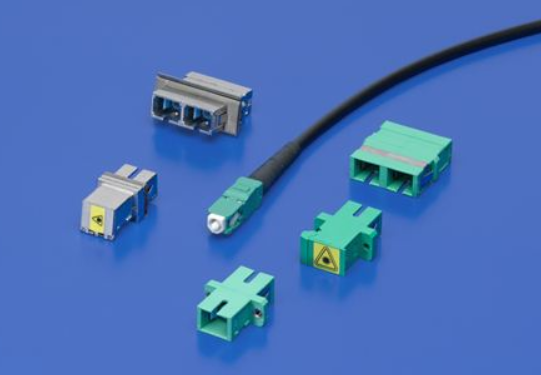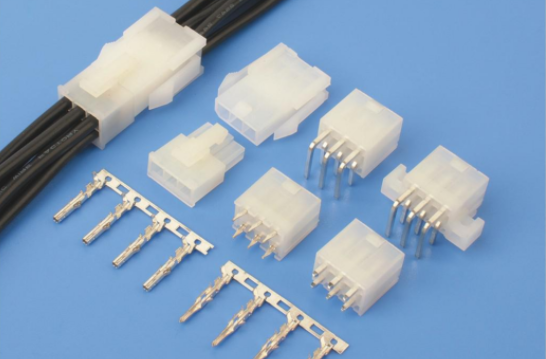All products need to go through strict testing before leaving the factory, connector is no exception. Now connectors need to be automated by sophisticated detection machines, so as to ensure the accuracy, efficiency and accuracy of detection..
Connector detection generally has the following items:
1, connector plug force test
Reference standard: EIA-364-13
Objective: To verify that the insertion and removal force of the connector meets product specifications
Principle: Plug or pull out the connector at the specified rate and record the corresponding force value.
2. Connector durability test
Reference standard: EIA-364-09
Objective: To evaluate the impact of repeated insertion and removal on connectors, and to simulate the actual insertion and removal of connectors.
Principle: Continuously plug and remove the connector at a specified rate until the specified number of times is reached.
3, connector insulation resistance test
Reference standard: EIA-364-21
Objective: To verify whether the insulation performance of connector meets the requirements of circuit design or whether its resistance value meets the requirements of relevant technical conditions when it is subjected to high temperature, humidity and other environmental stresses.
Principle: Apply voltage to the insulated part of the connector, so as to produce leakage current on the surface or inside of the insulated part and present the resistance value.
4, connector voltage test
Reference standard: EIA-364-20
Objective: To verify whether the connector can work safely under rated voltage and the ability to withstand over potential, so as to evaluate whether the insulation material or insulation gap of the connector is appropriate.
Principle: apply a specified voltage and maintain a specified time between the connector and the contact and between the contact and the shell to observe whether the sample has a breakdown or discharge phenomenon.
5, connector contact resistance test
Reference standard: EIA-364-06/EIA-364-23
Objective: To verify the resistance value generated when current flows through the contact surface of the contactor.
Principle: by specifying the current of the connector, measure the voltage drop at both ends of the connector to obtain the resistance value.
6. Connector vibration test
Reference standard: EIA-364-28
Objective: To verify the effect of vibration on the performance of electrical connectors and their components.
Vibration type: random vibration, sinusoidal vibration.
7, connector mechanical impact test
Reference standard: EIA-364-27
Objective: To verify the impact resistance of connectors and their components or to assess whether the structure is firm.
Test waveform: half sine wave, square wave.
8. Cold and hot impact test of connector
Reference standard: EIA-364-32
Objective: To evaluate the influence of connector function quality under rapid and large temperature difference.
9, connector temperature and humidity combination cycle test
Reference standard: EIA-364-31
Objective: To evaluate the effect of connector storage in high temperature and humidity environment on connector performance.
10. Connector high temperature test
Reference standard: EIA-364-17
Objective: To evaluate whether the performance of terminals and insulators changes after a connector is exposed to high temperature for a specified time.
11. Connector salt spray test
Reference standard: EIA-364-26
Objective: To evaluate the salt spray corrosion resistance of connectors, terminals and coatings.
12. Connector mixed gas corrosion test
Reference standard: EIA-364-65
Objective: To evaluate the corrosion resistance of connectors exposed to mixed gases of different concentrations and the effect on their performance.
Post time: Jan-10-2022


